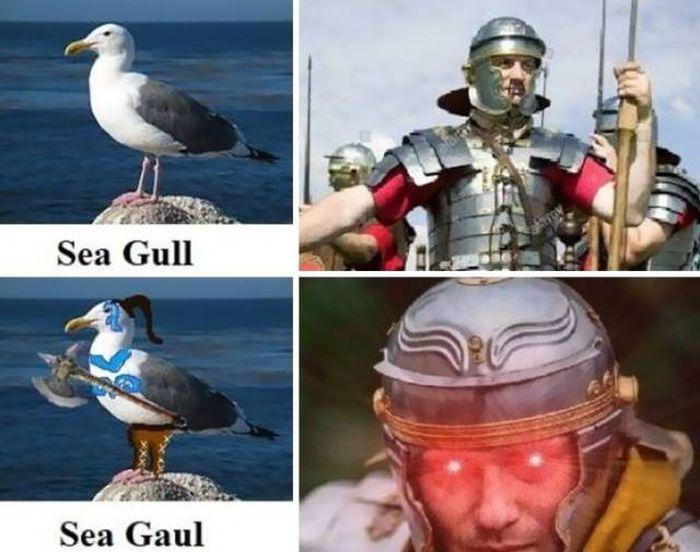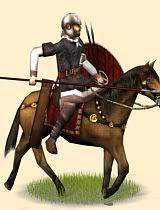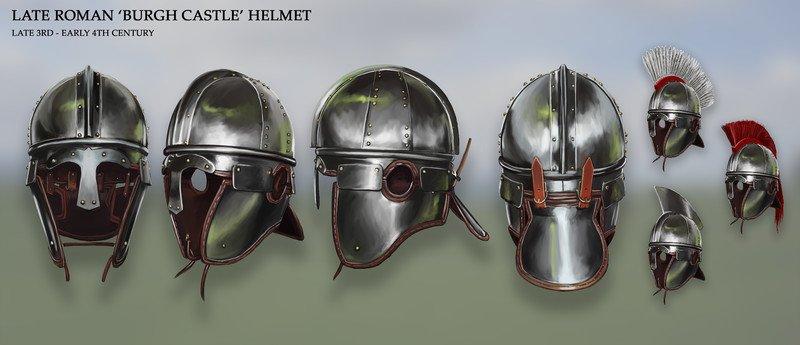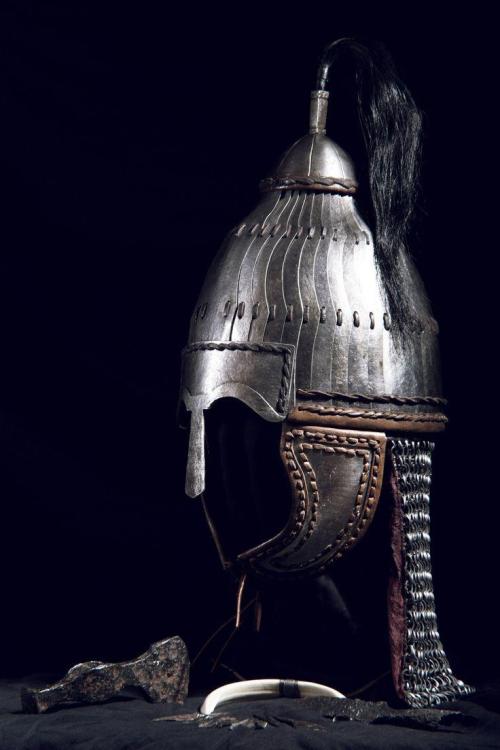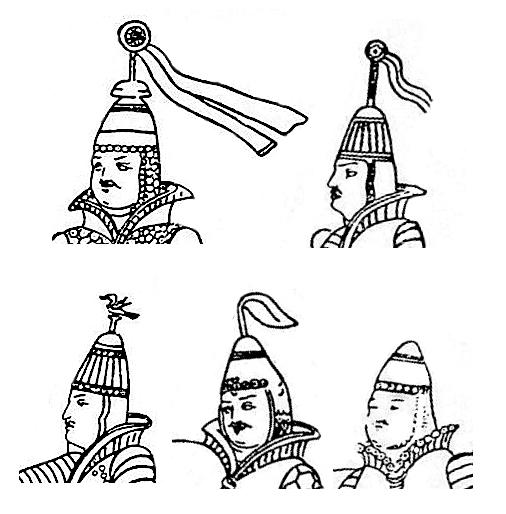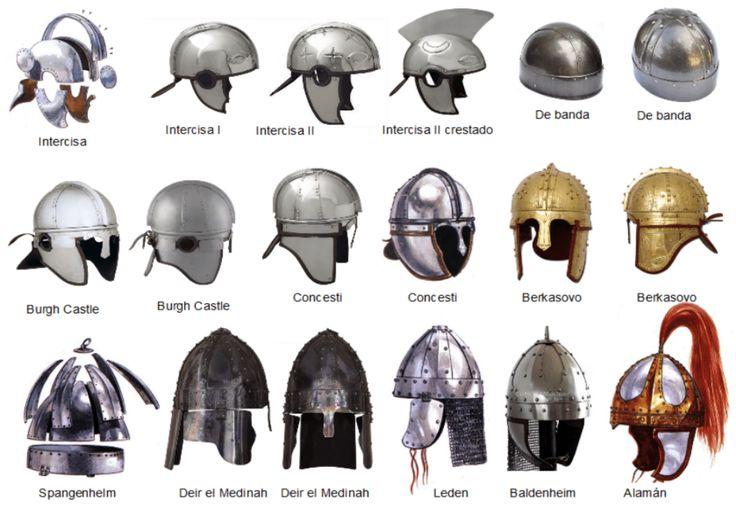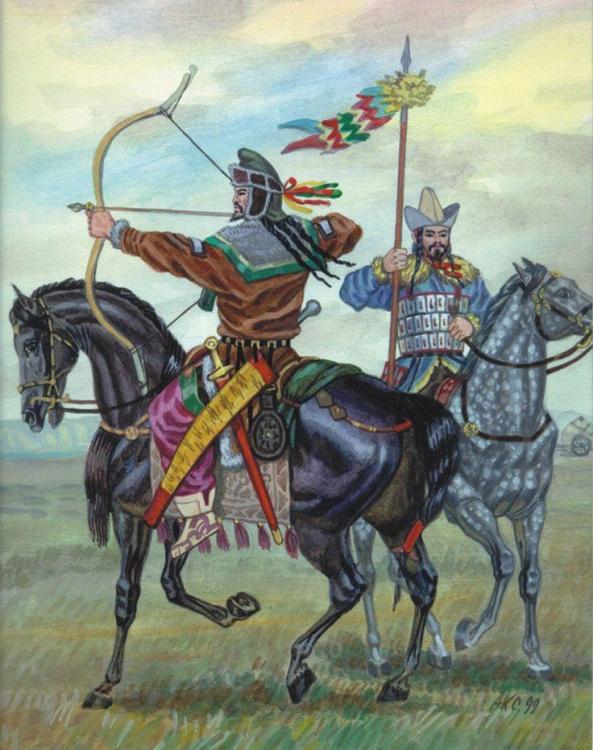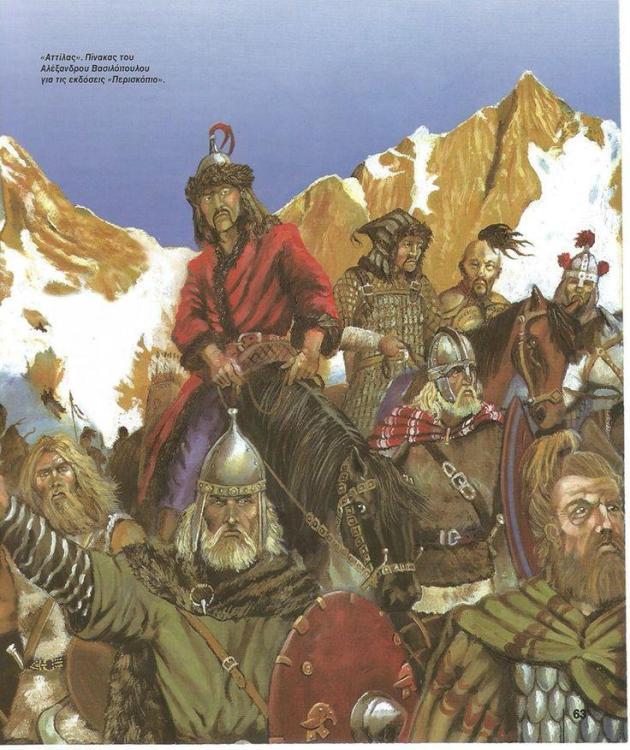-
Posts
25.684 -
Joined
-
Days Won
300
Everything posted by Lion.Kanzen
-
@Yekaterina could you do experiments?
-
sounds like fun. Penetration feature for cav. With the infantry I like the 2 I don't know which one to choose. Gatling idea sounds lovely.
-
That's why I was asking you how to improve that unit.
-
That's the idea I was hoping to see when I played them yesterday afternoon. In the end the only thing I saw was, spearman + archer + sword cav. Some catapults.
-
there is no problem. Historically the Chinese have it all.
-
@Yekaterina What do we need to do a Crossbowmen Rush? What status would be ideal?
-
I don't understand the multiplayer base. They were happy with the A23 slingers. The slingers part was my mistake. But it was fun.
-
what would be OP? So I he farms will be a point to start the cost.
-
.thumb.png.ce58cea22940c255f5b0a735d5abee36.png)
Neutral (Gaia) Mercenary Camps 2.0
Lion.Kanzen replied to Lion.Kanzen's topic in Game Development & Technical Discussion
the advantage is that now we will have units that were not possible before. Mayan could train cavalry, Romans could train Elephants... Don't forget Camels...and melee camels. Even bandits or Pirates. -
.thumb.png.ce58cea22940c255f5b0a735d5abee36.png)
Neutral (Gaia) Mercenary Camps 2.0
Lion.Kanzen replied to Lion.Kanzen's topic in Game Development & Technical Discussion
Like treasures and relics. Optional. -
.thumb.png.ce58cea22940c255f5b0a735d5abee36.png)
===[TASK]=== Crowd Sourced - Thracians (Faction)
Lion.Kanzen replied to Cleo's topic in Game Modification
@Yekaterina -
.thumb.png.ce58cea22940c255f5b0a735d5abee36.png)
Civ: Dominate Romans (late Rome)
Lion.Kanzen replied to wowgetoffyourcellphone's topic in Delenda Est
Equites Stablesiani The equites scutarii go back to the 3rd Century and were created during the mid 250's by the Emperor Gallienus as part of the expansion of the cavalry arm. It is understood that they had large shields and may have been either unarmoured or armoured. The scutarii came to mean guard troops. There were the Schola scutariorum prima, Schola scutariorum secunda, Schola scutariorum tertia, but not all equites scutarii were guard troops. In fact there were many equites scutarii to be found both in the limitanei and field armies. https://www.twcenter.net/forums/showthread.php?323395-Scutatii-Stablesiani -
sounds interesting.
-
.thumb.png.ce58cea22940c255f5b0a735d5abee36.png)
Civ: Dominate Romans (late Rome)
Lion.Kanzen replied to wowgetoffyourcellphone's topic in Delenda Est
In the late 3rd century, a complete break in Roman helmet design occurred. Previous Roman helmet types, based ultimately on Celtic designs, were replaced by new forms derived from helmets developed in the Sassanid Empire. A closely related form to the Roman ridge helmets is represented by a single helmet from Dura Europos which is of similar construction, but has a much higher-vaulted skull. It probably belonged to a Sassanid warrior of the 3rd century. This reinforces the evidence for a Sassanid origin of this type of helmet.[1] Two main forms of helmet construction were adopted by the Romans at much the same time: the ridge helmet, described here, and the spangenhelm, which was likely adopted from the Sarmatians.[2] The earliest confirmed example of a Late Roman ridge helmet is the Richborough helmet, which dates to about 280 AD.[3] -
Niederstotzingen helmet Langobard warrior with Avar lamellar helmet Alemanni or Alamanni Lamellenhelm, plural Lamellenhelme was a type of helmet used in Europe during the Early Middle Ages. Examples are characterized by caps made from overlapping lamellar scales, in addition to a brow plate, cheek guards, and camail. They are distinct from the contemporary spangenhelm and crested helmets also found in Europe; unlike those, which are influenced by Roman designs, Lamellenhelme display eastern influence and have primarily been found in southeastern Europe. They are mostly associated with the Avars of Pannonia and the Lombards of Italy.[2] Lamellenhelme are characterized by overlapping plates—a form of lamellar armour—with caps of conical shape and plumes at the top.[4][5] They also tend to have brow plates, cheek pieces, and, like spangenhelme, camail protecting the neck.[5] The Lamellenhelm was one of three primary designs of helmets that proliferated throughout 6th- and 7th-century Europe; the others were the spangenhelm and the northern crested helmet.[6] They are categorized by Heiko Steuer with 'other helmets of eastern origin,'[4] and have been principally found in southeastern Europe.[5] Unlike spangenhelme and the northern crested helmets, which likely derive from Roman helmet designs, the Lamellenhelm appears to have been used by and influenced by eastern European cultures, such as the Avars. Lamellar helmets were popularized in Central Asia by the steppe nomads.[9] Knights wearing dome-shaped lamellar helmets with cup-shaped finials, and armed with swords with Hunnish cloisonné designs, can be seen in the "Cave of the Painters" at the Kizil Caves, and are dated to the 5th century CE.[8] Lamellar helmets were adopted by the Sasanian Empire when they took control of former Hephthalite territory.[9] This type of helmet appears in sculptures on pillar capitals at Ṭāq-e Bostān and Behistun, and on the Anahita coinage of Khosrow II (r. 590-628 CE).[9]
-
.thumb.png.ce58cea22940c255f5b0a735d5abee36.png)
Civ: Dominate Romans (late Rome)
Lion.Kanzen replied to wowgetoffyourcellphone's topic in Delenda Est
-
@maroder your opinion is important
-
Lol. Use wow version.
-
What about this? https://code.wildfiregames.com/D1989
-
.thumb.png.ce58cea22940c255f5b0a735d5abee36.png)
Neutral (Gaia) Mercenary Camps 2.0
Lion.Kanzen replied to Lion.Kanzen's topic in Game Development & Technical Discussion
You already implement them in random maps? -
This. @Freagarach
-
@Freagarach We need help with Mobile Forts and props. We need Slots feature for carts then carts must garrison inside a place as prop then several archers enters inside the carts as prop.



